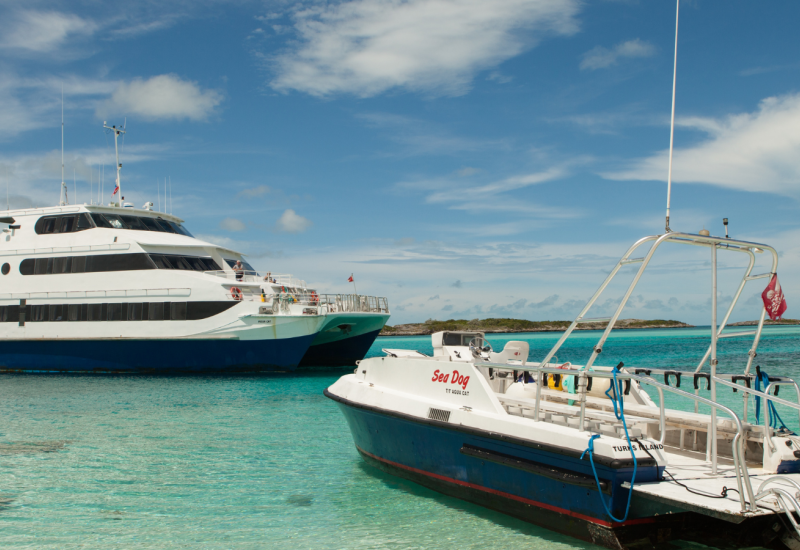Malpelo: Oasis in the Deep
Three hundred miles off mainland Colombia, a majestic oceanic island peak known as Malpelo and 11 nearby islets jut from the water’s surface. Hidden below this underwater mountain chain is an explosion of life, a remote outpost along a well-traveled migration route.
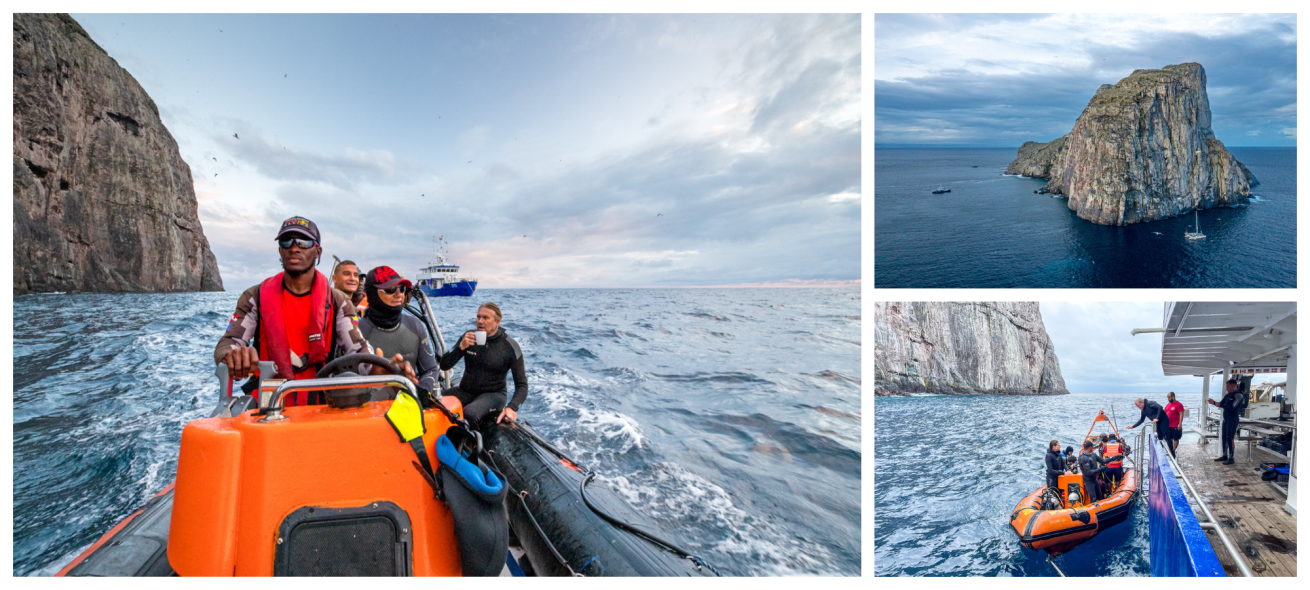
Annie CrawleyMalpelo, Colombia
Safe Harbor
Colombia Dive Adventures runs the Ferox liveaboard, catering to a maximum of 12 divers. Only six divers are allowed per rigid inflatable boat. You feel the isolation and vastness of the ocean during an island tour while listening to the Nazca symphony every morning and evening. The crew heads out before every dive to check conditions around the island because the island is exposed to wind, weather and currents.

Annie CrawleyTens of thousands of fish are permanent residents of Malpelo, but the remote island is also home to 100,000 Nazca booby birds, the largest populationin the world.
The catamaran Silky and its crew from the Biodiversity Conservation Colombia nongovernmental organization protect the national park from illegal longline fishers. BCC works together with ecotourism, Colombia National Parks and the Colombian navy to protect the fauna and flora of this sanctuary and UNESCO World Heritage Site.
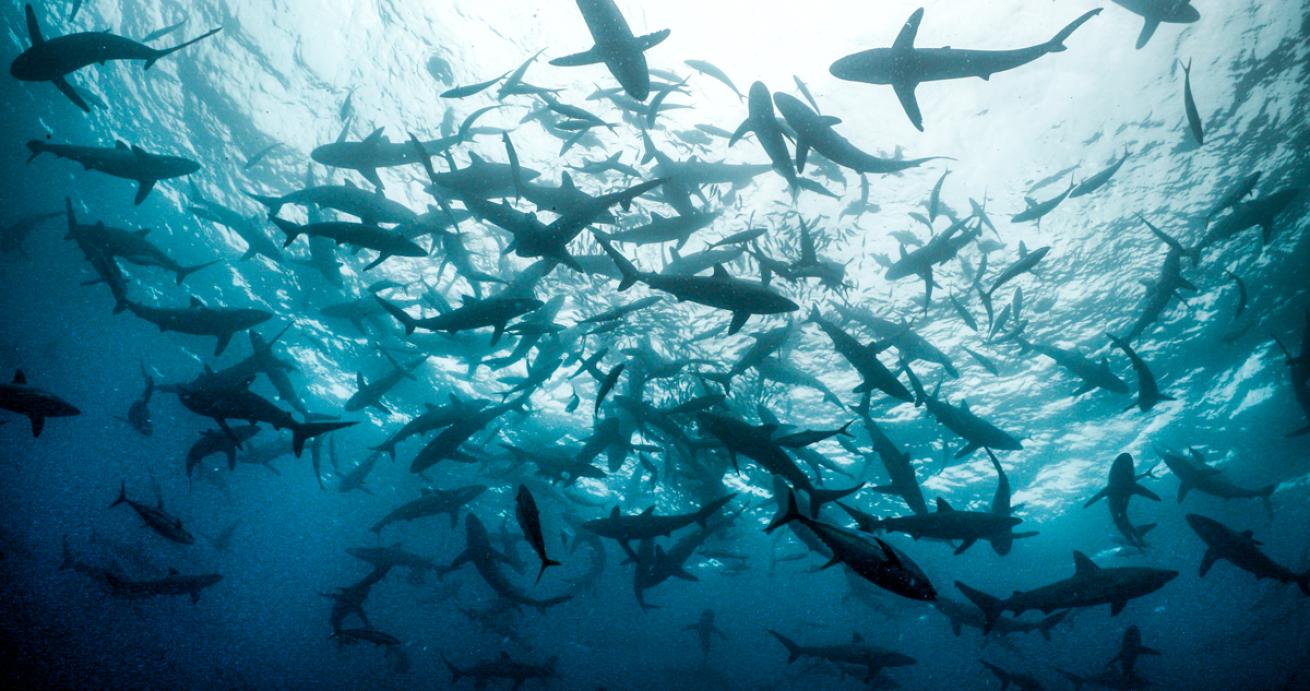
Annie CrawleySilky sharks feed on a baitball of juvenile jacks.
Shark Outpost
The isolated region of Malpelo may just sustain the highest shark biomass in the world. It’s a cornerstone of the Eastern Tropical Pacific Marine Corridor, an invisible superhighway used by thousands of animals. The migration routes connect the entire region, crossing more than six international economic zones stretching between the islands of the Galapagos, Cocos, Socorro, Coiba and Malpelo. Because only one liveaboard boat can be moored at Malpelo, it is an exclusive dive destination. Fewer than 500 tourists a year visit the region.
The volcanic terrain extends into the water, with steep walls, pinnacles, caverns, swim-throughs and massive schools of fish as well as hard corals and giant barnacles. Malpelo is a giant cleaning station, and action is possible all around the island.
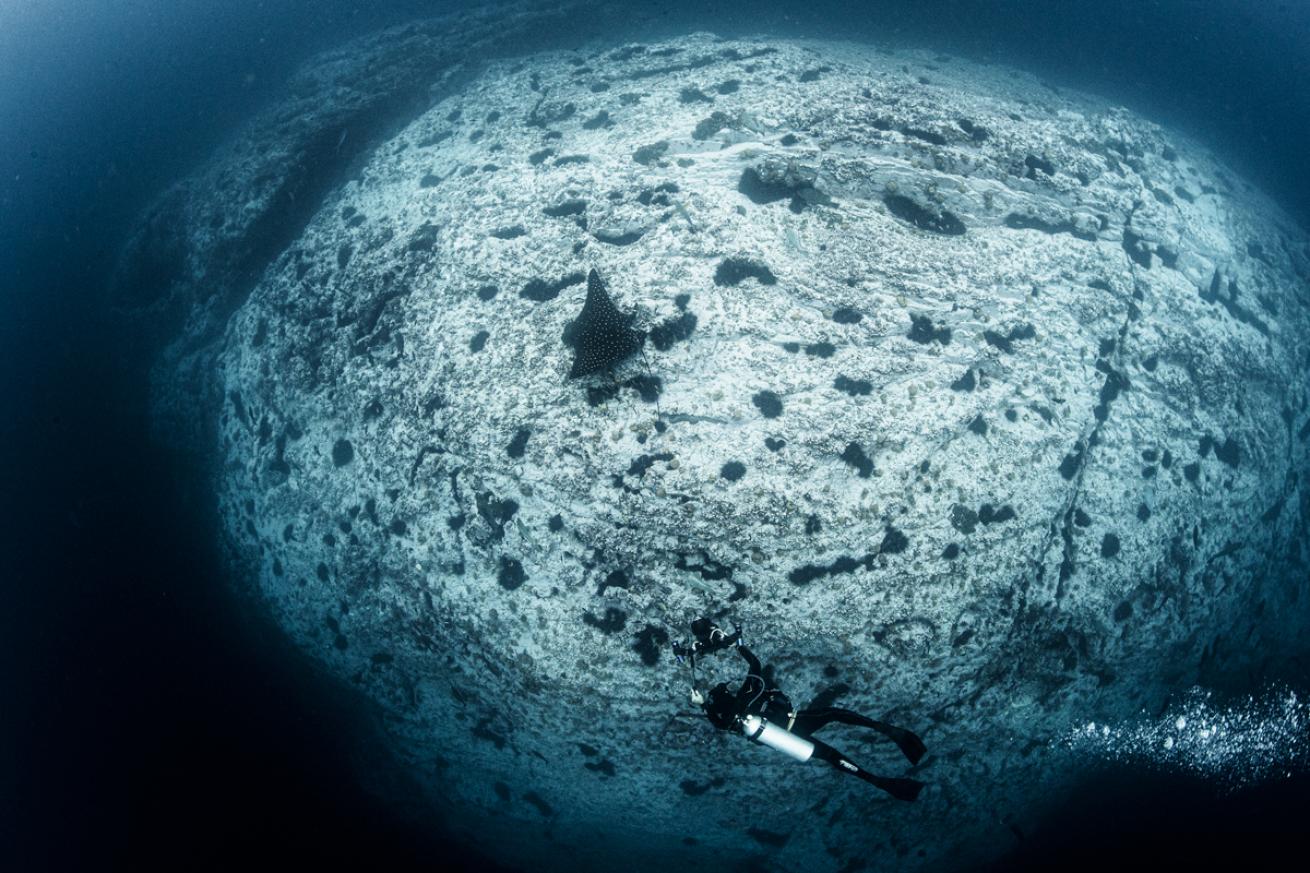
Annie CrawleyEagle rays and peacock flounder are just two among the diverse cast of characters found on the rocky reefs.
Malpelo is famous for year-round hammerheads, Galapagos sharks, schooling fish, eagle rays, free-swimming moray eels and a plethora of pelagic species. In late spring or early summer you may witness the migration of silky sharks. In winter, the deep-water smalltooth sand tiger shark (Odontaspis ferox) comes up to shallower depths when the thermocline rises.

Annie CrawleyBring a light to explore the caves and caverns formed by wave action and tectonic plate movement of the volcanic rock.
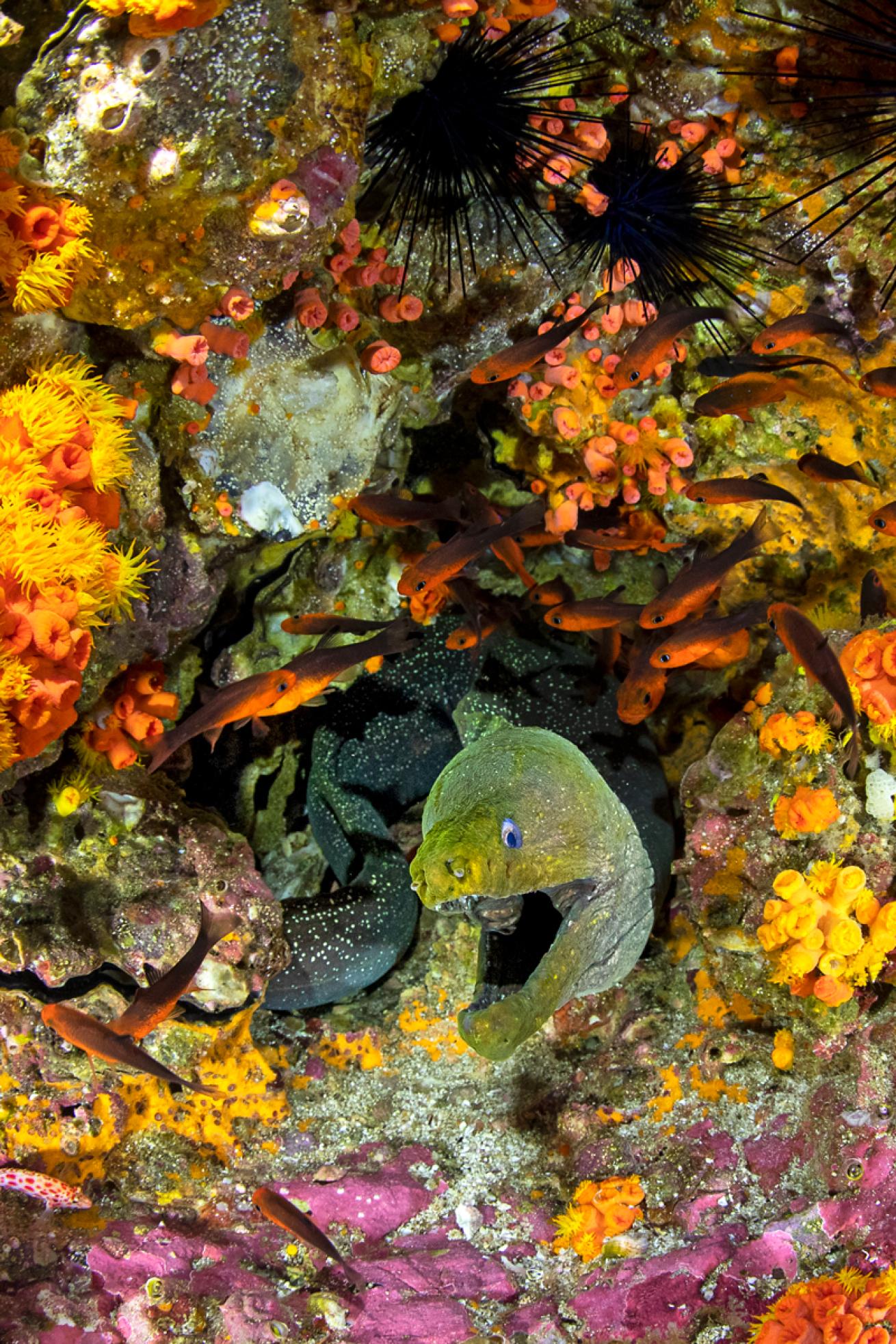
Annie CrawleyMoray eels are in nearly every crack and crevice around the island.
NEED TO KNOW
WHEN TO GO Year-round. Malpelo has a microclimate with rain possible any time of the year. Winds shift and currents bring nutrients November to March.
WHAT TO WEAR A 5 mm wetsuit can be used year-round with hood and gloves for layering (7 mm November to March for divers who run cold). Drysuits are not recommended because of their drag in currents. Bring layers. Pack a warm hat, sun hat, dive coat and rain gear for after diving. Each diver needs to carry a GPS location device, DSMB and dive whistle.
DIVE CONDITIONS Surface water temps average 78 to 82 degrees year-round. The thermocline moves up into shallower water between November and April. During this time, you need to plan for the thermocline, which can dip into the low 60s November to March. Visibility fluctuates with upwellings and nutrients in the water, ranging from 20 to 100 feet.
TRAVEL TIPS Test your gear before travel. Bring a spare parts kit. The Colombian government requires advanced diving certification with a minimum of 50 logged dives, 35 of which need to be ocean dives.
OPERATOR Colombia Dive Adventures colombiadiveadventures.com





